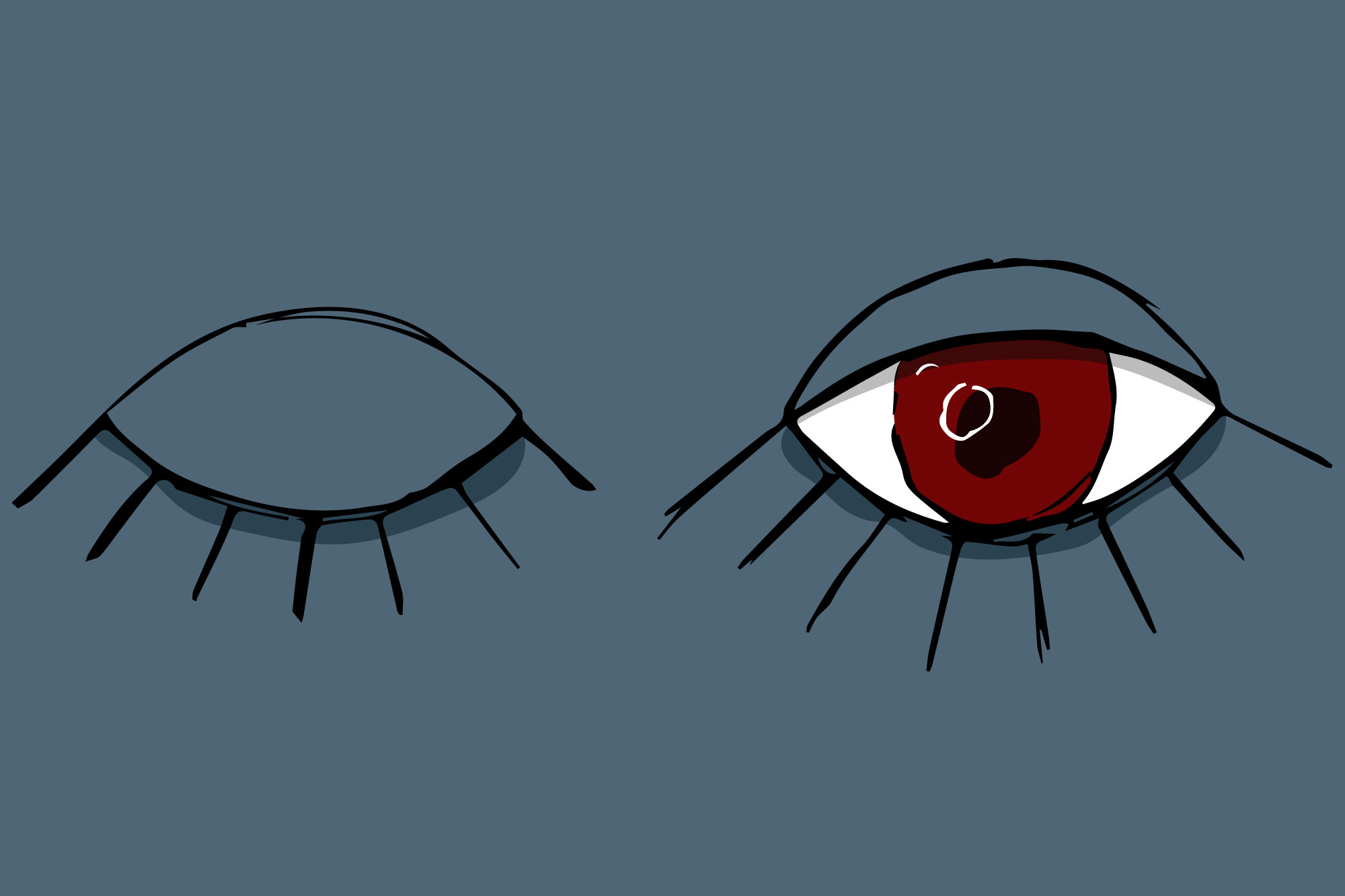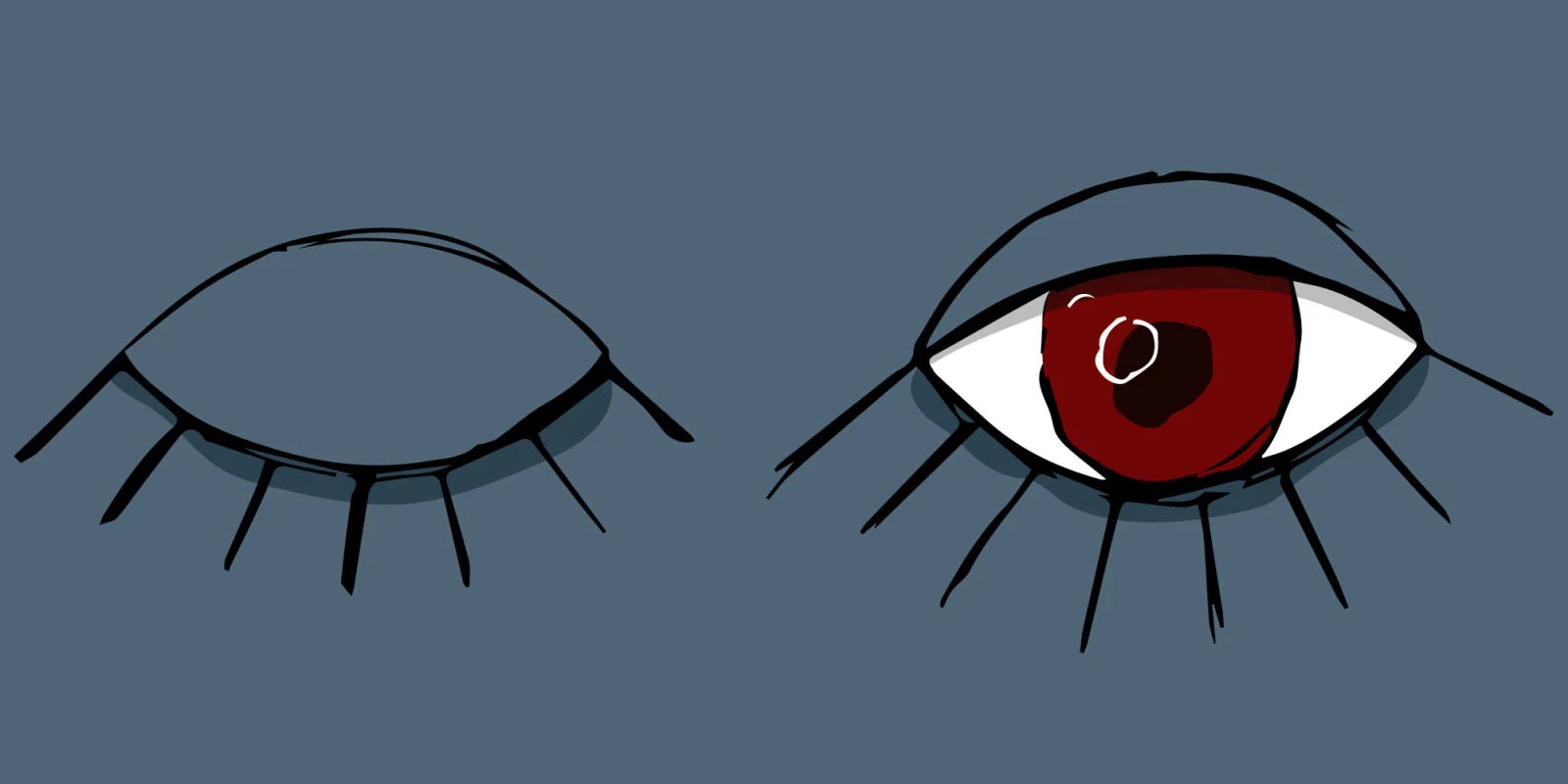
It is amazing what I can do with one good eye when I used to rely on two. The Social Security Administration does not define losing vision in one eye as a disability because the remaining good eye is able to compensate so well. Like many things in life, the veracity of this depends on whether one sees the glass as half empty or half full. Unfortunately, because of my double vision, I see two glasses when there should be one, so the water depth is irrelevant, but according to my retinal surgeon, my glass is definitely half full. My retina has been successfully reattached (after the third attempt) and is staying put under silicone oil, giving me at least 20/100 vision. The World Health Organization defines this level of vision as in the range of “Moderate Visual Impairment.” According to the strabismus surgeon, who in this case also happens to be the patient, my glass is half empty. My reattached retina settled in an awkward position, with some lumps and bumps that create another set of problems. My vision is good enough that I cannot ignore the displaced and distorted second image, which is 20 degrees vertically offset and at a 15 degree tilt.
As a pediatric ophthalmologist and strabismus surgery, I have treated many adult patients with double vision. I thought I understood their misery. I prided myself on making time to listen and address their concerns. Most often, I managed their concerns by controlling their double vision with prism glasses or surgery to realign their eyes.When those options were not possible, I offered other helpful solutions, such as wearing an occlusive film on one lens of their glasses, or using a contact lens with a painted black pupil to block the incoming image. In some cases, I recommended an eye patch. These options are often rejected, or tried and dismissed, by patients; in my naivety, I blamed this on the patient not trying hard enough. Now, I have tried every one of these options myself, plus a few more, and I realize that although my brain wants to ignore the troublesome second image, my eye tries even harder to continue seeing. The only truly comfortable thing to do is to cover the offending eye with my hand. A patch requires a thin elastic strap, which is difficult to place over or under glasses, and is usually a boring black. Additionally, wearing a patch in front of patients when I am the eye doctor can be a little disconcerting for us both. So much of the practice of ophthalmology relies on being able to see details clearly during the exam, so my bad eye has to be blocked to ensure my clearest vision—a contact lens to block or blur the image is my best option. Some lenses have a large black pupil that makes it look like my eye has been dilated; some are set at a very strong power to blur the image’s details into a dense fog; and some are painted to “match” my other eye (but my multi-colored hazel iris is particularly hard to match).
Despite these efforts, “all the light we cannot see” (to quote a recent novel) still creeps in through the pigment pixels on the lens and teases my visual cortex with the possibility of an image. These options have been complicated by the fact that my dominant right eye is the one that is damaged and thus harder to ignore. In order to save some central vision during my surgeries, the peripheral retina had to be sacrificed through laser burns and retinectomies to prevent ongoing tractional scar tissue from re-detaching the retina. This caused a loss of 30 degrees of peripheral vision above and to the right. I have learned to turn my head to make up for this when I need to see things on my right, but people who approach me on that side, politely waiting for me to acknowledge them, often go unnoticed until they speak up. I position myself to the right side of a meeting table or movie theater so I can have a full view, but I have place my husband on my bad side when walking through the airport, so he can run interference for me and I don’t bump into other travelers.
Despite these losses, it is still amazing what I can do. I lost my stereo vision and fine depth perception and had to give up operating. This has left me with more time in the office to spend with patients going through similar issues. Being able to share my own personal experience with a patient usually offers them a degree of reassurance, replacing concerns that I am somehow “less” capable. Patients are often relieved to know that someone finally understands what they are going through. I am more aware than ever of how we, as physician experts, understand very little about those suffering from the diseases we treat. My journey, as both eye patient and eye physician, continues — and I plan to learn more about myself and this process along the way, even if I can never regain my binocular vision. I may never be good at ball sports (then again I never was), but I can still enjoy a lot.
Image: Julia_Orlova / shutterstock







